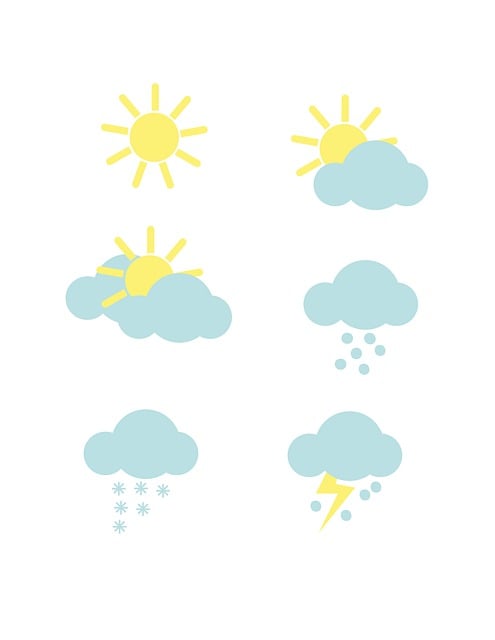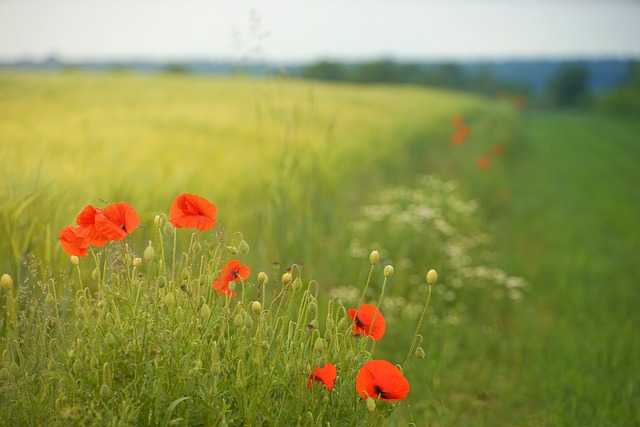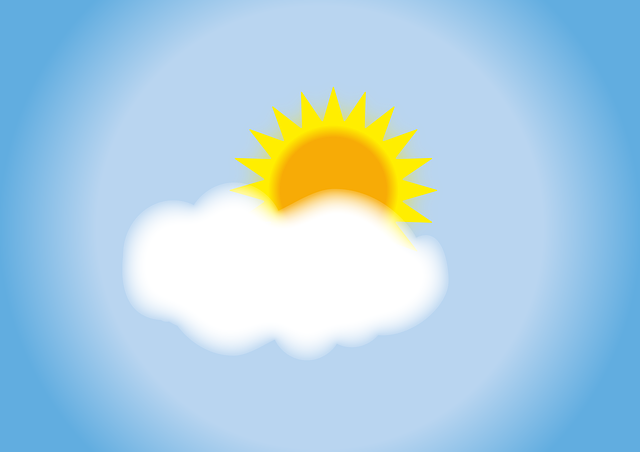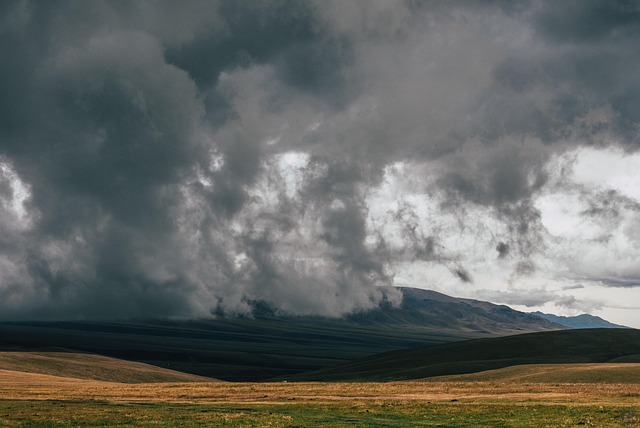Karachi's microclimates, shaped by its unique urban landscape and coastal location, offer distinct weather experiences within the city. These variations, from sea breezes moderating temperatures to intense summer heat and monsoon rains, pose challenges and opportunities for urban planning. Understanding these microclimates is crucial for implementing sustainable strategies to mitigate the Urban Heat Island Effect, enhancing livability, and fostering a resilient Karachi that leverages its diverse climate to support both residents and unique ecosystems.
Karachi, a vibrant metropolis, harbors hidden microclimates that shape its diverse landscape. This city of contrasts presents unique weather patterns within its boundaries, from coastal breezes to urban heat islands. With topographical diversity ranging from hills to plains, Karachi’s microclimates influence urban life and architecture. Understanding these subtle yet significant variations offers insights into the city’s past, present, and future, making it a fascinating study for both locals and visitors alike.
- Unveiling Karachi's Microclimates: A City of Contrasts
- The Urban Heat Island Effect: Karachi's Unique Challenge
- Coastal Influence: How the Sea Shapes Local Weather
- Topographical Diversity: From Hills to Plains in One City
- Exploring Microclimates' Impact on Urban Life and Architecture
Unveiling Karachi's Microclimates: A City of Contrasts

Karachi, the bustling metropolis known for its vibrant energy and diverse culture, also harbors a fascinating phenomenon—microclimates. This city is a living example of how urban landscapes can create unique environmental pockets with distinct weather patterns and temperature variations. Walking through Karachi’s streets, one might experience a sudden chill in an area renowned for its heat, or witness a heavy downpour in a neighborhood typically basking in sunshine.
Unveiling these hidden microclimates is like exploring a city within a city. For instance, the coastal areas of Karachi enjoy a more temperate climate due to the sea breeze, providing a refreshing contrast to the inland regions. Similarly, the high-rise buildings cast shadows and create cooler zones, especially during the scorching summer days. Understanding these microclimates offers a deeper appreciation for the city’s complexity and challenges urban planners in designing sustainable spaces that cater to these varied conditions.
The Urban Heat Island Effect: Karachi's Unique Challenge

Karachi, like many urban centers, grapples with a unique challenge known as the Urban Heat Island Effect (UHI). This phenomenon occurs when urban areas become significantly warmer than their rural surroundings due to human activities and the built environment. In Karachi, the effect is exacerbated by several factors. The city’s dense concrete and asphalt surfaces absorb and retain heat, creating a microclimate that can be up to 5-7°C higher than nearby rural areas. This not only makes Karachiis’ daily lives more challenging but also has severe implications for public health, especially during the already hot summers.
The UHI effect is further compounded by Karachi’s unique geographical location and climate. Being a coastal city, it experiences high humidity levels, which combined with elevated temperatures, can create a stifling urban environment. The effect is particularly pronounced in densely populated neighborhoods where limited green spaces and inadequate infrastructure contribute to the heat stress. Understanding these microclimates within Karachi is crucial for implementing sustainable urban planning strategies that can mitigate the UHI effect, making the city more livable and resilient.
Coastal Influence: How the Sea Shapes Local Weather

Karachi, a coastal metropolis, experiences unique microclimates due to its proximity to the Arabian Sea. The sea’s influence on local weather patterns is profound and multifaceted. During the monsoon season, moist air from the Indian Ocean brings heavy rainfall, creating a stark contrast with the arid interior regions. This coastal influence results in Karachi’s distinct seasons, offering residents a more diverse climate than many other cities in the region.
The sea also plays a role in moderating temperatures year-round. Coastal areas generally experience cooler breezes and lower maxima compared to inland locations. In Karachi, this is evident during hot summer days when the sea breeze provides much-needed relief from the heat. This coastal effect not only makes living more comfortable but also supports diverse ecosystems, attracting bird species and fostering unique plant life that thrives in these microclimatic conditions.
Topographical Diversity: From Hills to Plains in One City

Karachi, Pakistan’s bustling metropolis, may seem like a uniform landscape at first glance, but it harbors a diverse topographical tapestry. The city is characterized by a unique blend of rolling hills, flat plains, and everything in between. This topographical diversity creates microclimates that can vary significantly within just a few kilometers. For instance, areas perched on higher elevations enjoy cooler breezes and distinct seasonal weather patterns compared to the lower-lying districts.
This variation is particularly notable in Karachi, where neighborhoods can experience vastly different temperatures, humidity levels, and precipitation rates. The hills, such as those around Clifton and Shahra-e-Faisal, offer respite from the urban heat island effect, while the plains, like the areas near the Port of Karachi, are subject to more intense summer heat and monsoon rains. This topographical diversity not only shapes the city’s physical landscape but also influences its cultural dynamics, economic opportunities, and residents’ daily lives.
Exploring Microclimates' Impact on Urban Life and Architecture

In cities like Karachi, microclimates play a significant role in shaping urban life and architecture. These localized weather patterns, often occurring within distinct geographical areas, can create notable variations in temperature, humidity, and wind patterns compared to surrounding regions. For instance, coastal neighborhoods might experience cooler breezes due to sea breeze effects, while interior districts may have hotter, drier conditions. This diversity has profound implications for urban design. Architects and planners must consider these microclimates when designing buildings and public spaces, incorporating features that mitigate extreme temperatures, enhance comfort, and promote sustainable living.
Incorporating strategies such as strategic landscaping, reflective surfaces, and green infrastructure can help regulate microclimates, making cities more livable. For example, planting trees and creating urban forests in dense areas can provide natural cooling effects, while strategically placed water features might mitigate heat islands. Understanding and leveraging these hidden microclimates can contribute to the overall well-being of Karachi’s residents, fostering a more comfortable, sustainable, and resilient urban environment.
Karachi’s diverse microclimates, shaped by coastal influences, topographical variations, and urban dynamics, present both challenges and opportunities. Understanding these hidden patterns is crucial for fostering sustainable urban development, enhancing architectural design to mitigate the urban heat island effect, and ultimately improving the quality of life for its bustling residents. Karachi, as a vibrant cityscape, offers valuable insights into navigating and optimizing these microclimates for a greener future.
